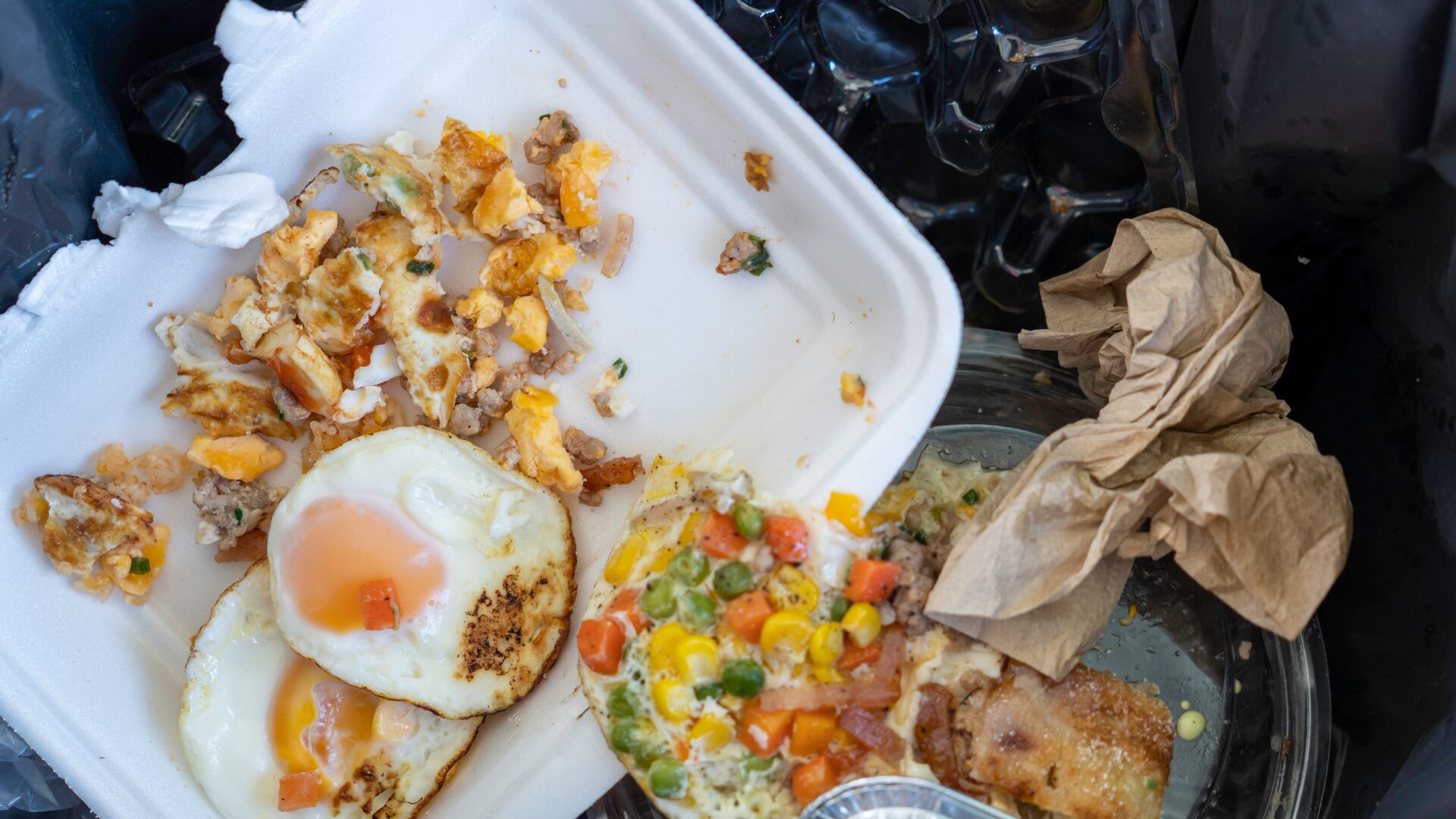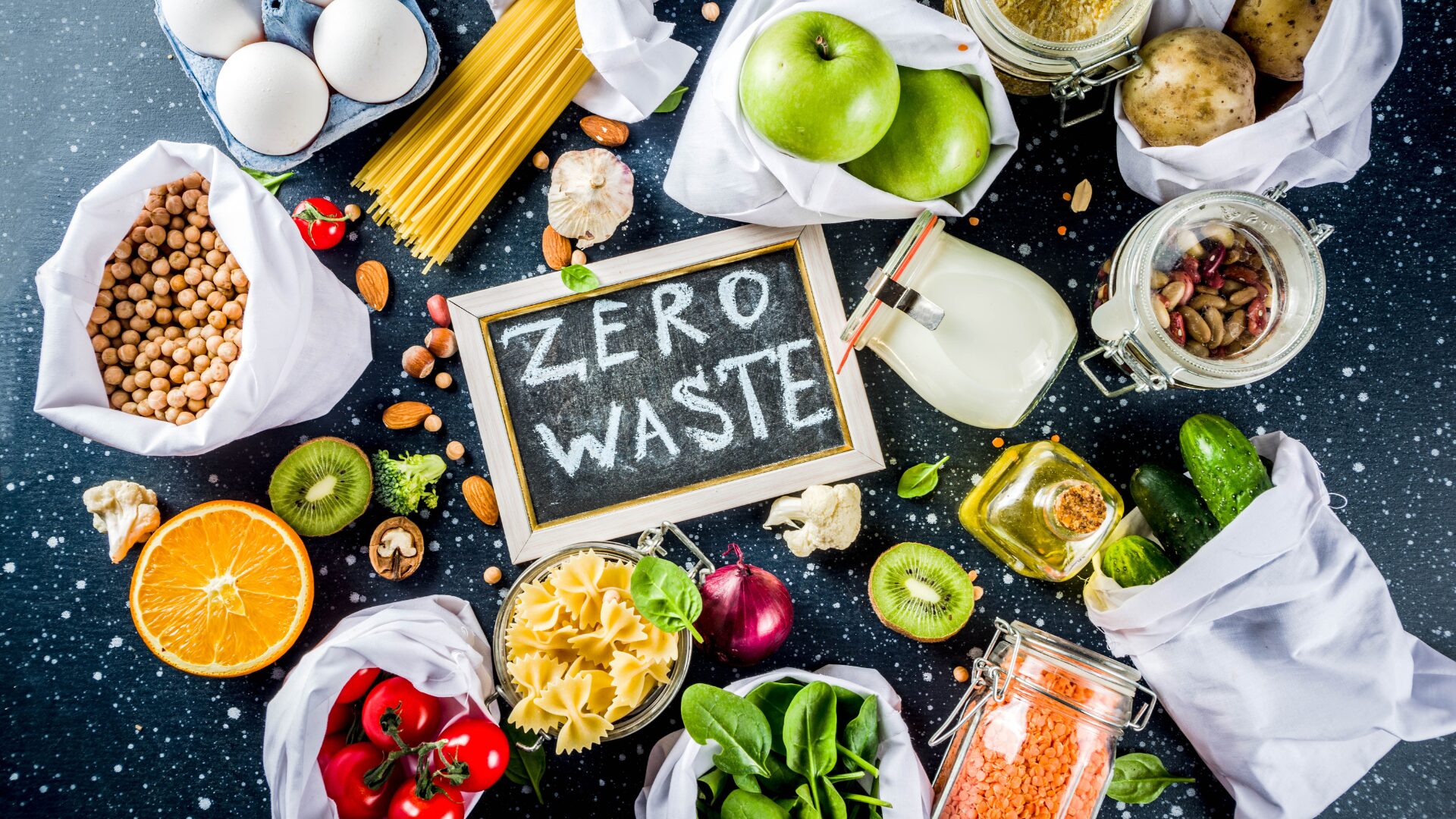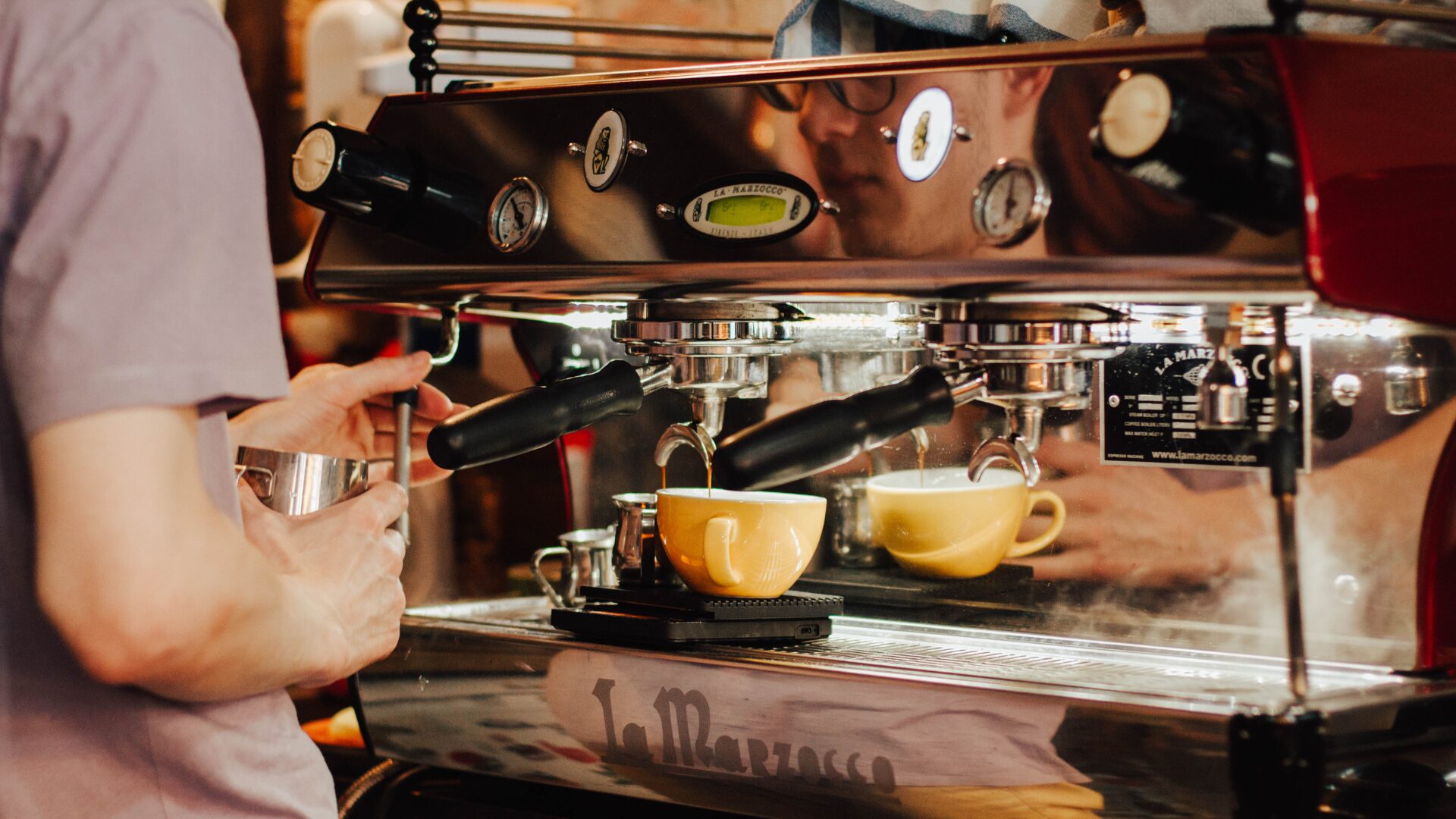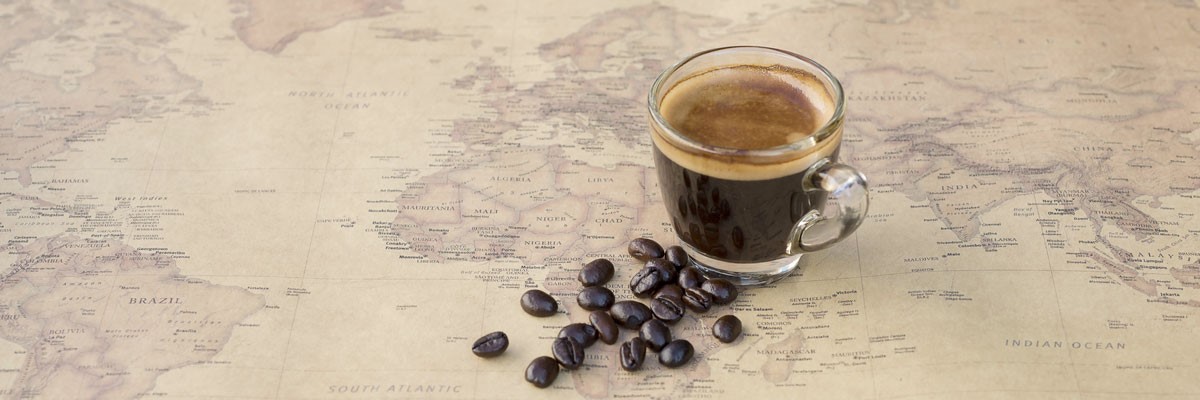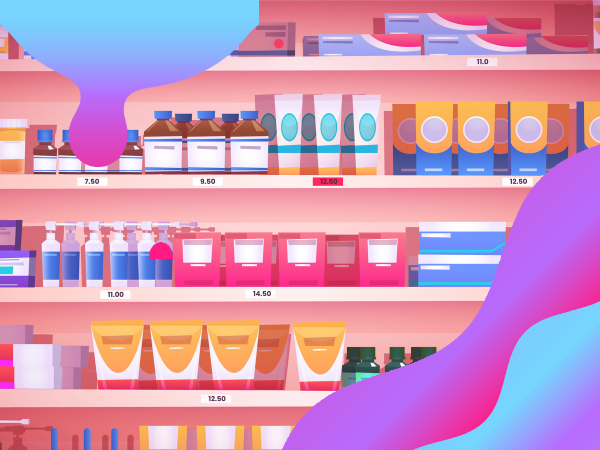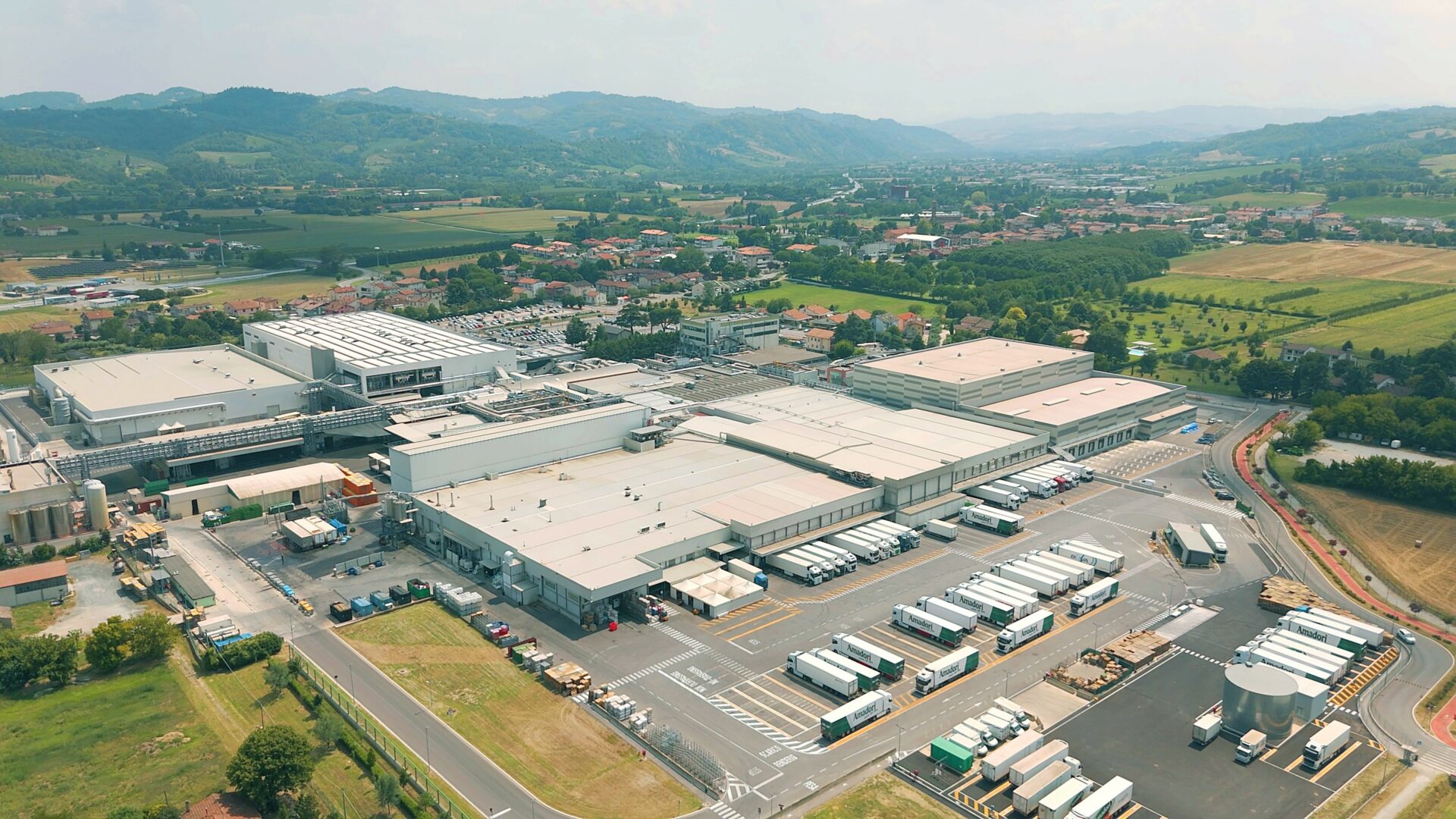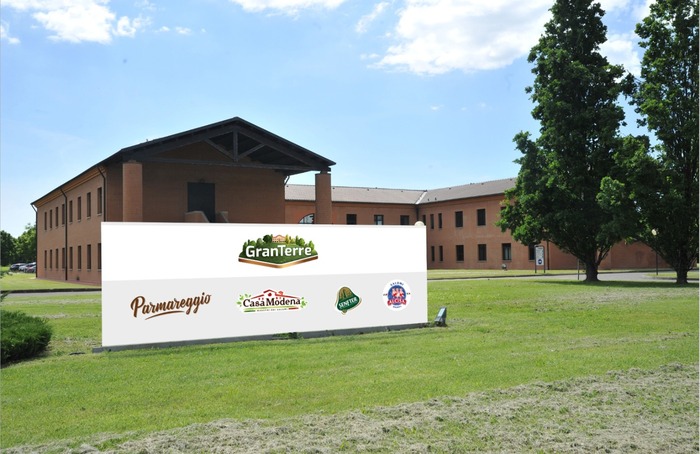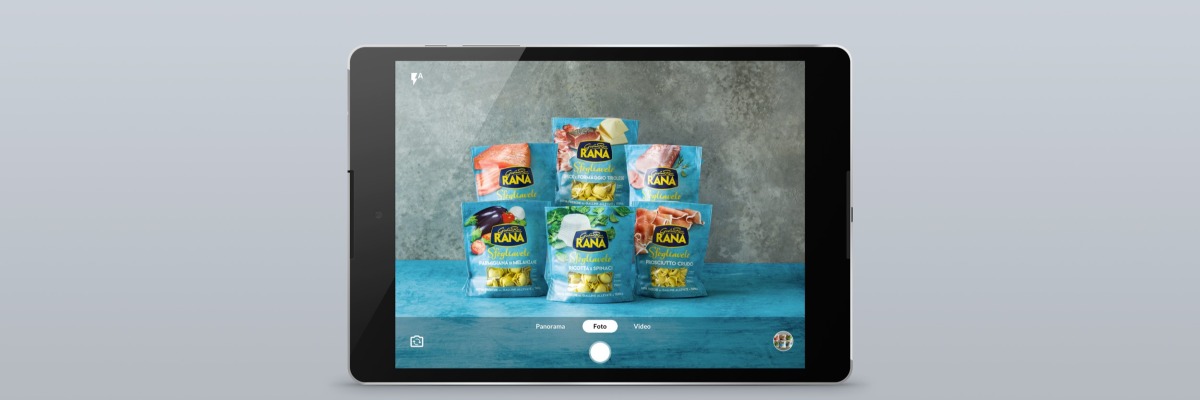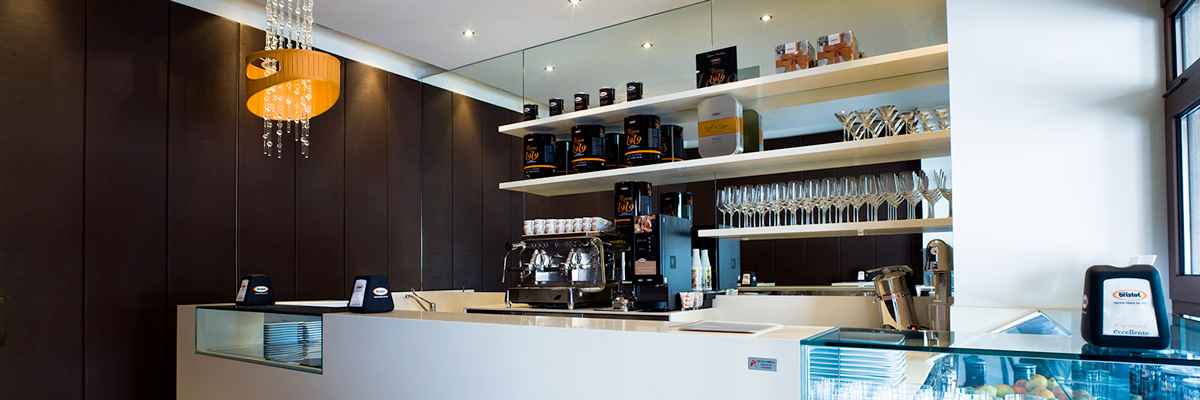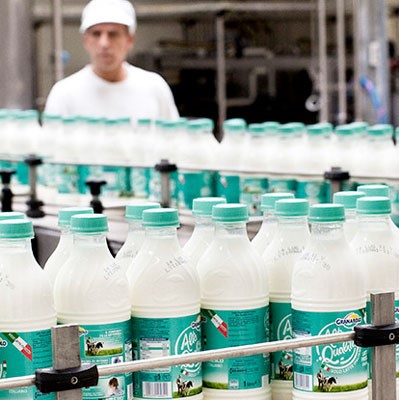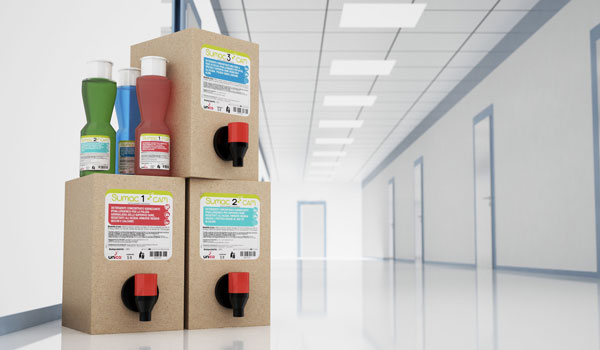AI is transforming food supply chain management, preventing waste through accurate forecasts based on historical data and external variables. Digital technologies optimise production, distribution and consumption, helping reduce the loss of valuable food.
In the past century, it was common to watch on TV — often with dismay — the destruction of tonnes upon tonnes of surplus oranges, simply to prevent prices from falling.
Fortunately, such scenes are no longer commonplace. Yet, despite ongoing improvements in supply chains, much work still needs to be done to stop significant quantities of precious food from going to waste.
Here’s how AI is helping to tackle the problem of food waste.
From algorithms to AI against food waste
Computing has always played a fundamental role — from the very start — in production decisions (overproducing food is harmful), at each stage of the supply chain (if not efficient, it causes waste), in commercial agreements (buying more than needed leads to returns and spoilage), and finally in rationalising final consumption.
In refining the food supply chain, digital technology and artificial intelligence are taking on an increasingly decisive role, enabling us to understand what has happened, what is happening and what will happen — all with ever greater speed and accuracy.
Paper, thankfully, is almost a thing of the past. It is being replaced by apps on mobile devices that operate in real time, in the place and at the moment they are needed, harnessing AI to minimise errors and inefficiencies.
LLMs (Large Language Models) and AI systems capable of analysing vast amounts of historical data and cross-referencing them with countless external variables are gradually replacing printouts, Excel sheets, reports and traditional algorithms.
For example, AI can be fed with store-by-store historical sales trends, planned promotions, weather bulletins and all possible local variables such as holidays, major events, tourist flows, and so on. The result is highly accurate and reliable forecasting.
Of course, this all works only if the data fed into the system is trustworthy and if the questions posed to the AI (prompts) are correct. Human intervention is never replaced — it is simply elevated.
Cold chain: technologies combating food waste
Certain food categories, such as ice cream and frozen products, must be kept below zero degrees to remain safe for consumption.
To prevent damage caused by breaks in the cold chain, there are specialised systems that use sensors (active tags) to record product temperatures and communicate their trend over time via IoT.
This information is crucial in ensuring that storage and transport are carried out to the highest standards, while also enabling companies to monitor the proper functioning of the supply chain.
Blockchain in the supply chain
Blockchain technology can play an important role in ensuring transparency and certainty by recording the origin of products and their intermediate stages from field to table.
Last April, the European Union approved the mandatory adoption of the DPP (Digital Product Passport) in certain sectors such as clothing, chemicals and construction, and it could extend this requirement to the food sector.
The goal is that by 2030, every product will be accompanied by its own story — for example, its place of origin, organoleptic profile, allergens, how it was produced, and the journey it took to reach the end consumer.
Production batches: fresh and ultra-fresh
One billion tonnes of food — 19% of the total — are destroyed because they have passed their expiry date. The shorter a product’s life cycle, the greater the risk of it having to be discarded once it expires.
When it comes to fresh fruit, vegetables, fish, dairy, eggs, meat and fresh pasta, shelf life is limited to just a few days. This means the supply chain must be extremely lean and efficient to avoid ending up with unsold or spoiled products.
A good AI-based software solution can greatly help by ensuring daily purchases match store sales — neither more nor less — thanks to assisted or automated reordering.
The problem of unsold goods
Technology makes it possible to rationalise production and manage unsold goods effectively. Prevention is always preferable when it comes to avoiding unwanted surplus — yet a certain amount is, unfortunately, inevitable and physiological.
However, these goods can be given a second life if their existence is identified in time. By recording expiry dates and quantities of unsold items, companies can launch promotional initiatives — both B2B and B2C — to encourage their sale and consumption.
Modern real-time transactional systems, enhanced by artificial intelligence, can progressively reduce these losses, bringing them ever closer to zero.
End consumers
In Europe, a staggering 132 kg of food per person is thrown away every year. To curb this final stage of waste, two main solutions are emerging: smart fridges and shopping apps.
In the first case, we are still at the early stages, and the prospect of automatically tracking stock and reordering as needed seems a long way off.
Shopping apps, on the other hand, can already help optimise spending — for example, by preventing family shopping overlaps or reminding users of items they might otherwise forget.
The retail sector invests heavily in loyalty programmes, and today’s digital tools make it possible to offer customers efficient services (promotions, assortments, etc.), engaging experiences (storytelling) and entertaining features (gaming).
Food aid hub: EMERGENCY’s example
At Cascina Cuccagna (Milan), the opening of a solidarity shop, initiated by the Municipality of Milan and Emergency, provides 350 families in need with essential goods supplied by the large-scale retail sector.

